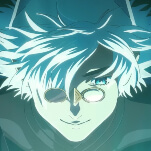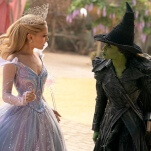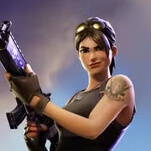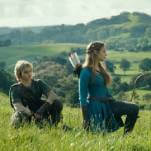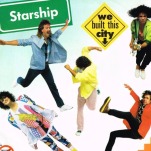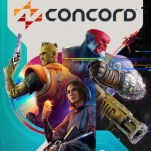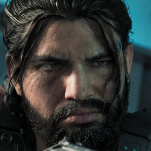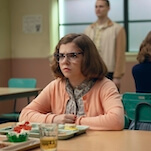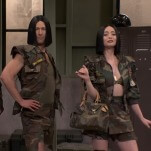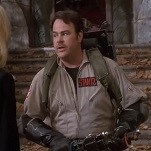Katsuhiro Otomo: Akira Vol. 1

Writer/director Katsuhiro Otomo's 1988 movie Akira is the Citizen Kane of Japanese animation—the seminal masterwork that led a generation of admirers to pursue careers in film. But even the most ardent devotees of the movie's gorgeous palette, hyper-detailed multiplanar images, and breathtaking action still complain about the plot, which is crowded, cryptic, and difficult to follow, particularly during the first viewing. The problem is typical enough for a film adapted from a longer written work, in this case Otomo's 2,000-page epic comic series, now being brought back into print in America as a six-volume set. Both the film and the comic sharply reflect Japan's love/hate relationship with technology, and both were key influences in the country's obsessive, ongoing artistic exploration of humanity's proper role in a machine-oriented world. But the two versions diverge sharply in some areas; the film rushes to cover all the action, while the comic meanders through complex politics and philosophical debate over the next stage of human evolution. The core story involves two defiant young biker punks, Kaneda and Tetsuo, who have been discarded by society and who respond to their world with casual violence and pubescent posturing. After an accidental encounter with a military cabal's escaped experiment, Tetsuo develops phenomenal psychic powers and subsequently begins taking Tokyo apart piece by piece, while Kaneda becomes involved with a group of terrorists working against the cabal. Kaneda gains information while Tetsuo gains power, and their incomplete, unbalanced comings-of-age lead them into a series of apocalyptic conflicts in which neither seems quite capable of killing the other. Epic Comics, the series' last American publisher, computer-colorized Otomo's work, with rich, striking results that compromised the art but helped direct focus to key elements. Dark Horse is instead reprinting the original black-and-white art in all its starkly kinetic detail, with a less-censored version of the studio translation Epic used, and with newly lettered sound effects that conform more closely to Japanese standards. The result is significantly nearer to Otomo's original vision, neither as simplified nor as technically ambitious as Epic's retread. Diehards who own the Epic series may or may not feel a need to pick up these editions for completeness' sake, but as anime and manga continue their trek toward the American mainstream, the Dark Horse editions are an invaluable gift to newer fans who appreciate the speed and clarity of the movie's images, but still haven't had a chance to plumb the depths of humanity and complexity hidden in the original work.





